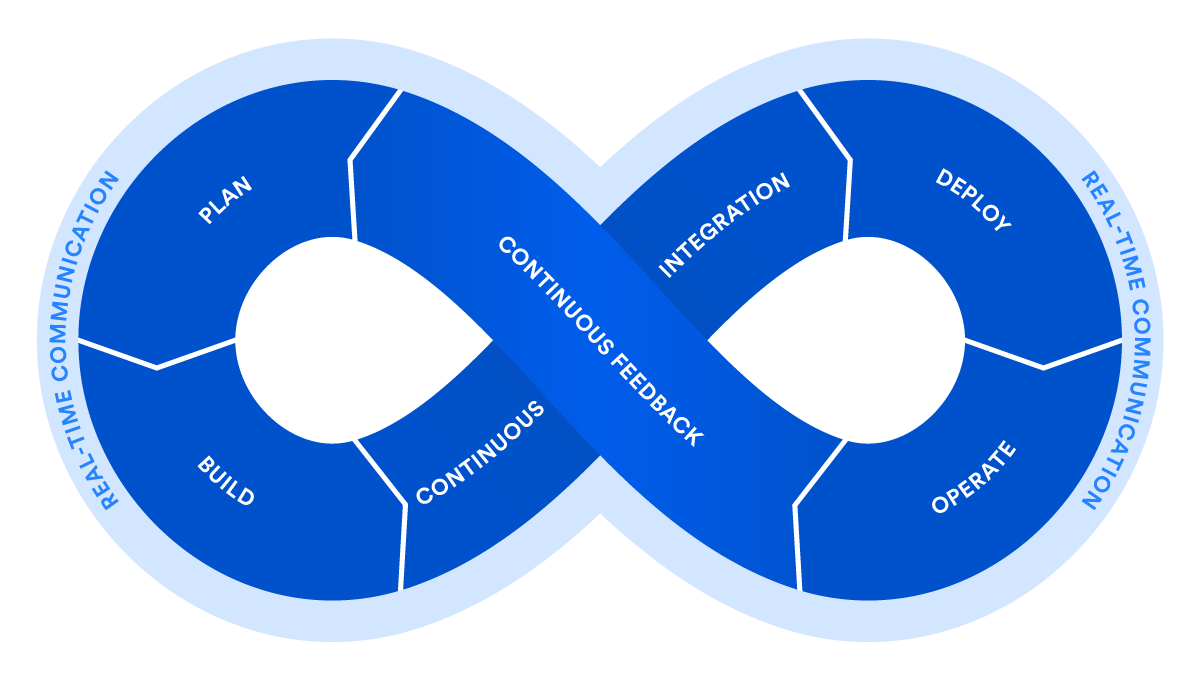
Time-Saving Techniques: Efficient Tips for Coding Mastery

Time-Saving Techniques: Efficient Tips for Coding Mastery
Efficiency is a cornerstone of successful coding. In this article, we explore time-saving techniques and tips that can elevate your coding practices, making you a more effective and productive developer.
Embrace Keyboard Shortcuts
Efficient coding often starts with mastering keyboard shortcuts. Whether navigating through code, selecting text, or performing common actions, using keyboard shortcuts can significantly speed up your workflow. Invest time in learning and incorporating these shortcuts into your daily coding routine.
Utilize Code Snippets and Templates
Create and utilize code snippets and templates for frequently used code patterns. Many Integrated Development







